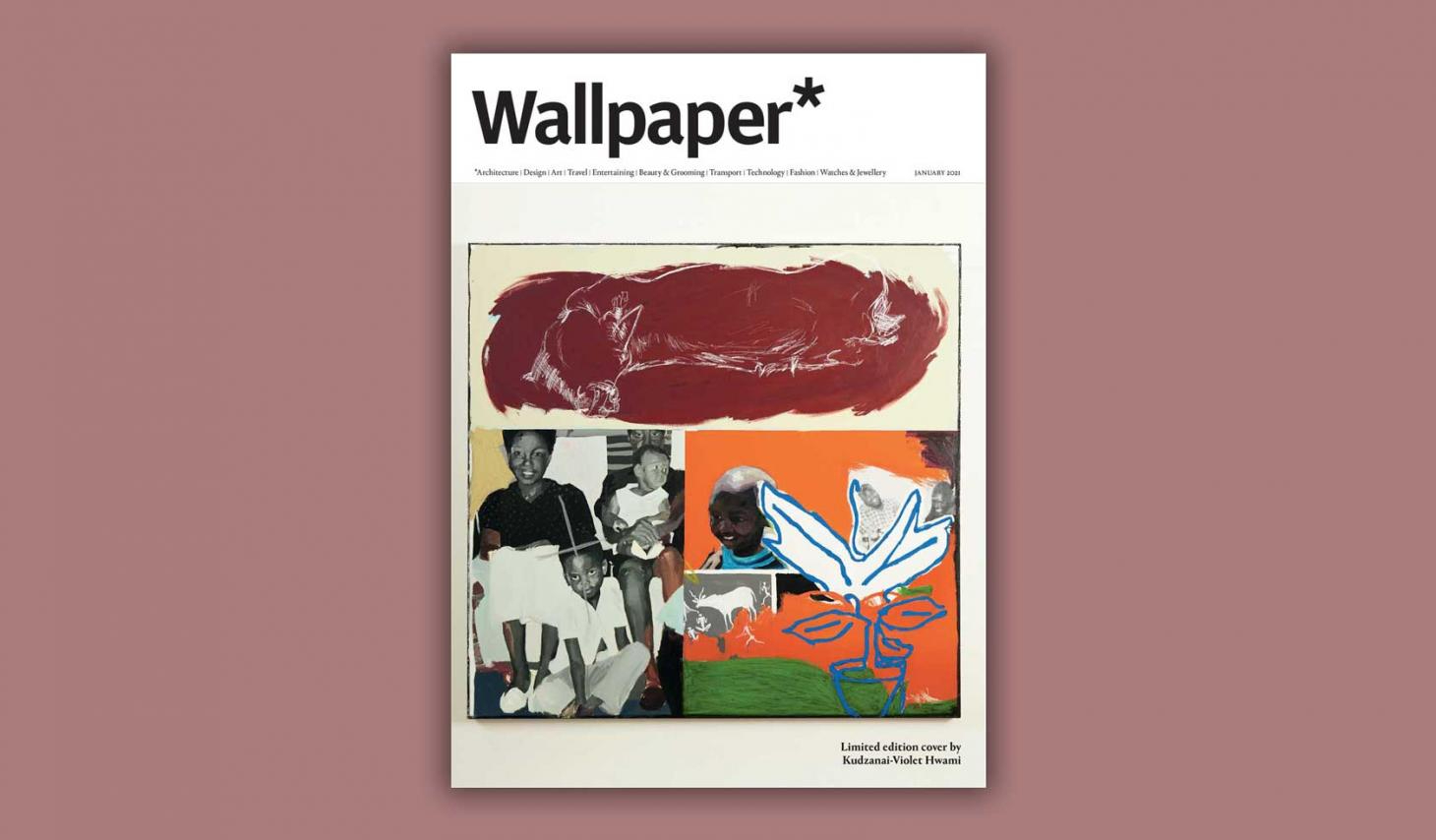Kudzanai-Violet Hwami’s modern-pop portraits frame gender, sexuality and race
The Zimbabwean-born artist, who explores identity through vivid cartoon-inspired collages, headlines our January 2021 Next Generation issue. Writer Amah-Rose Abrams interviewed Hwami ahead of today's announcement that she has joined the roster of Victoria Miro Gallery
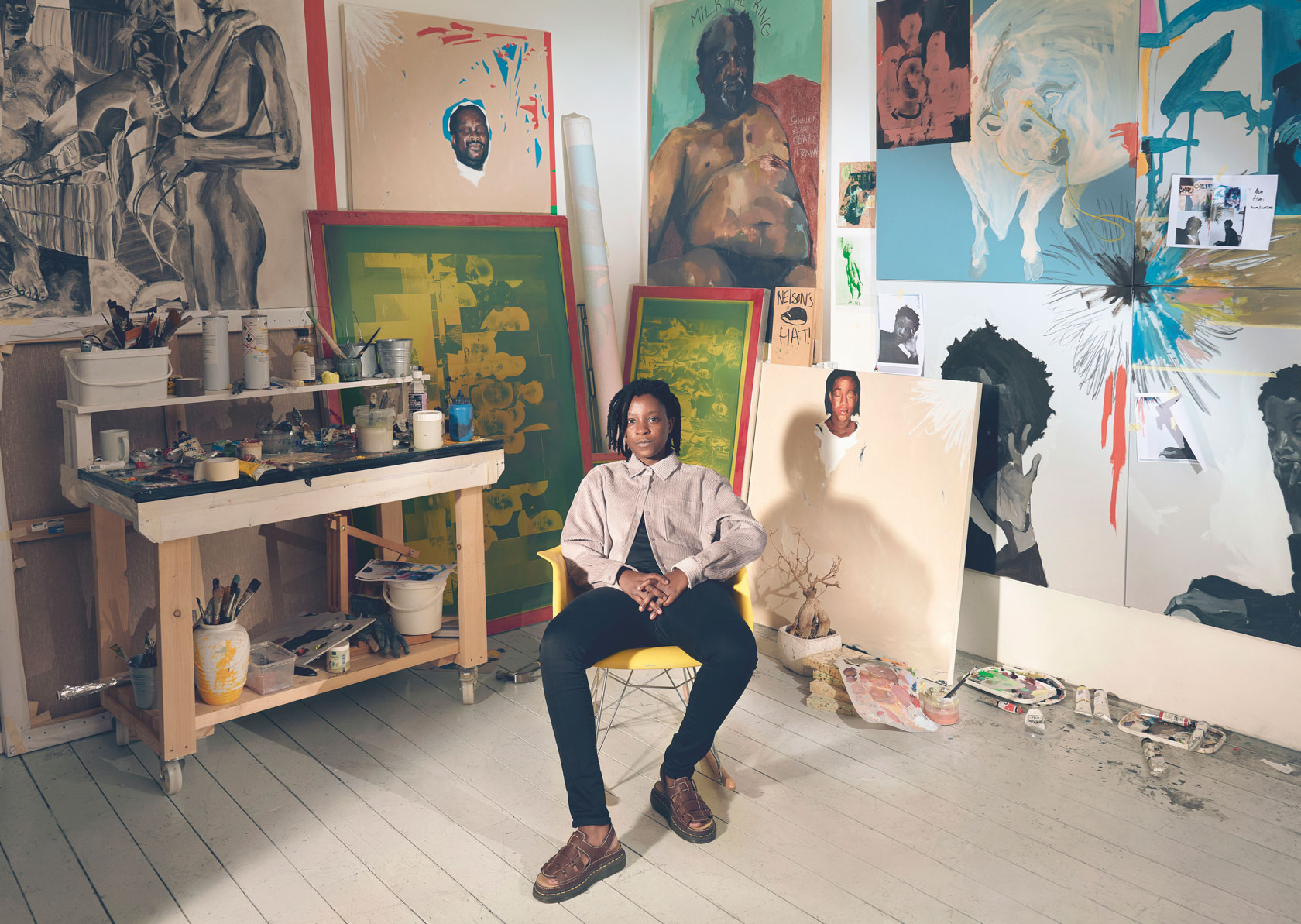
Catherine Hyland - Photography
Kudzanai-Violet Hwami creates collages that consume the figures within them in colour and painterly forms. Her paintings are pieced together with precision, but there is something unorthodox about them: the figures are self-contained, sometimes confrontational, but never self-conscious. Many artists are exploring the meaning of the Black body in art, and rightly so. But with Hwami, the imagined worlds that hold those bodies – incorporating blocks of colour, plants or even a superhero’s cape – are what strike you first.
Still just 27 years old, Hwami represented Zimbabwe at the Venice Biennale in 2019. Born in Zimbabwe in 1993, she moved to neighbouring South Africa when she was nine, then to Manchester in the UK when she was 17. Her solo show, ‘Kudzanai-Violet Hwami: (15,952km) via Trans-Sahara Hwy N1’, commissioned by London’s Gasworks in 2019, was well-received, and she finishes her master’s in fine arts at Oxford University’s Ruskin School of Art next summer. When she arrived in Manchester, she chose to study for a BTec national diploma in art and design at North Manchester College. ‘I liked the freedom that I had. I had a choice and what I really wanted to do was draw,’ she recalls.
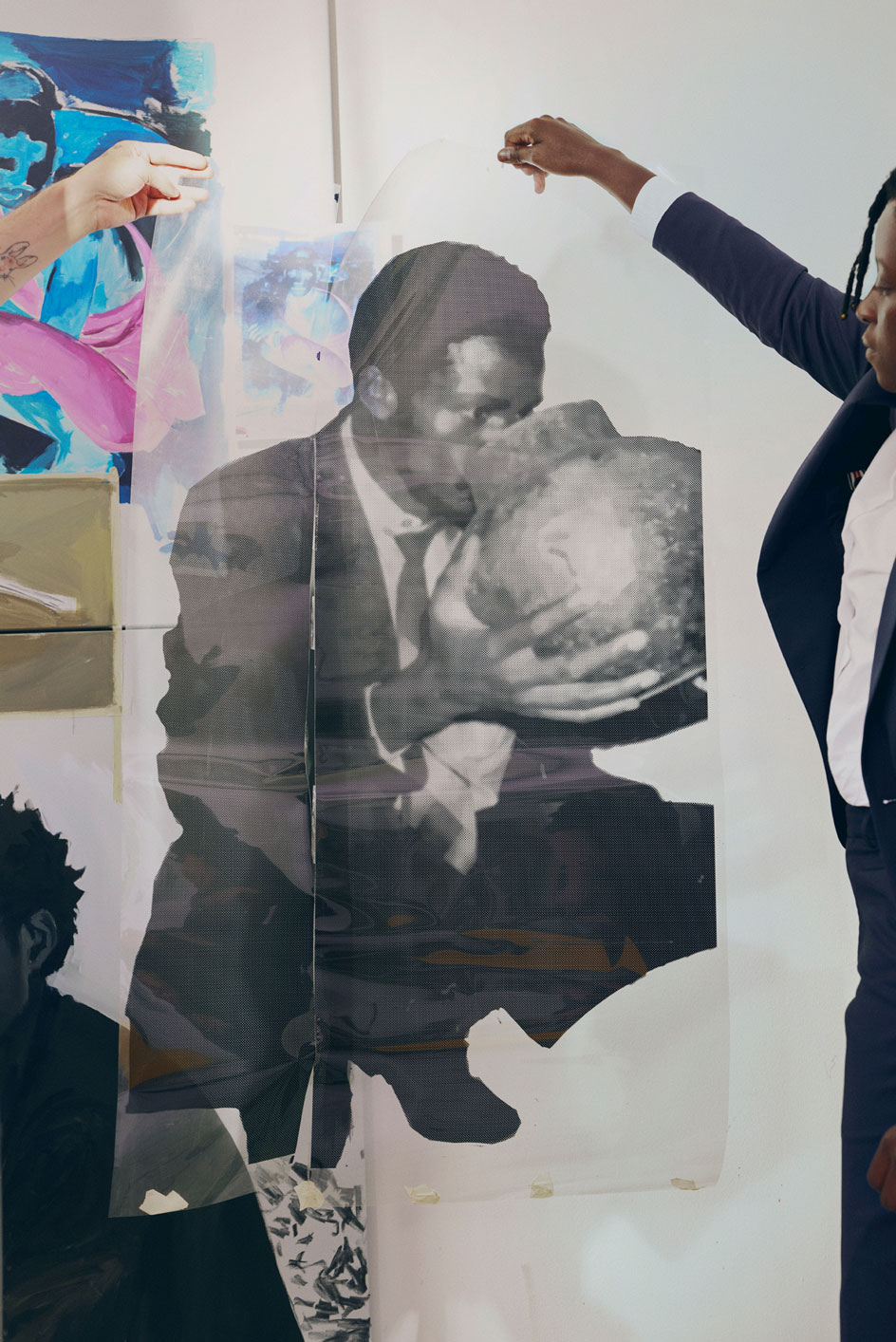
Hwami holds a transparency print, used for screen printing, of Bira, which formed part of a solo exhibition shown at London’s Gasworks in 2019
Hwami always drew. Inspiration came from Cartoon Network. She loved the otherworldliness of manga and would perpetually draw versions of her favourite programmes. ‘I would probably have gone into animation had I not been on that course. I met this tutor, an amazing guy who at the time was my mentor, and he encouraged me to paint, and I think that’s where the journey began,’ she says. ‘That’s why I took it seriously.’
Recognition came quickly. She held her first solo exhibition, at Marylebone’s Tyburn Gallery, soon after graduating from Wimbledon College with a BA in fine arts in 2016. ‘I was just going with the flow and really grateful that people were reacting to the work the way that they were,’ she explains. ‘I am working as a professional now and just trying to figure out what the path is.’
Like many young artists, Hwami currently represents herself, out of both fate and choice. The Tyburn Gallery, which Hwami praises as having given her the best possible experience, folded in June 2019. Then as the pandemic hit, there was little choice but to sit things out and finish her master’s.
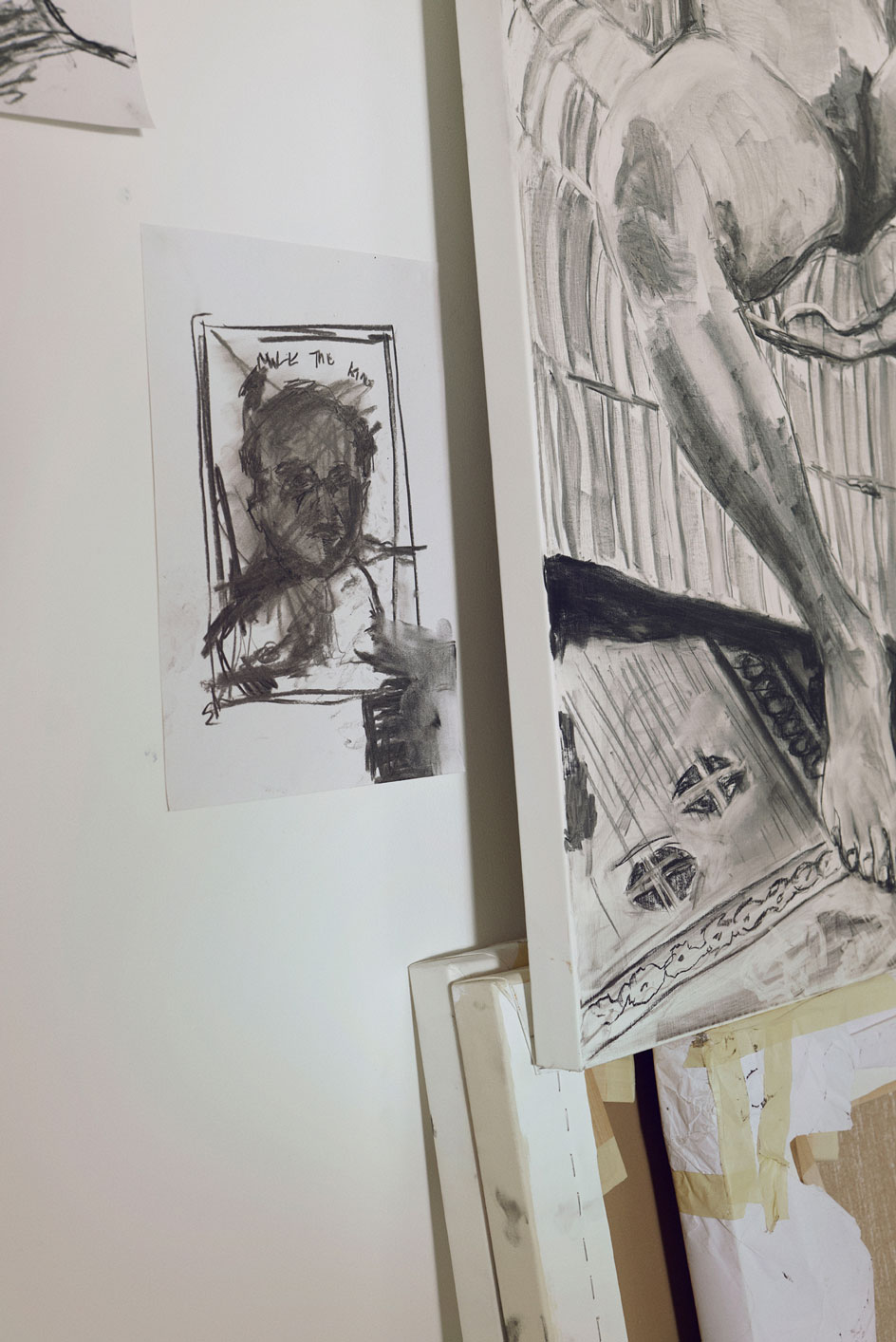
Above and below: sketches, works in progress and completed works in Hwami’s London studio
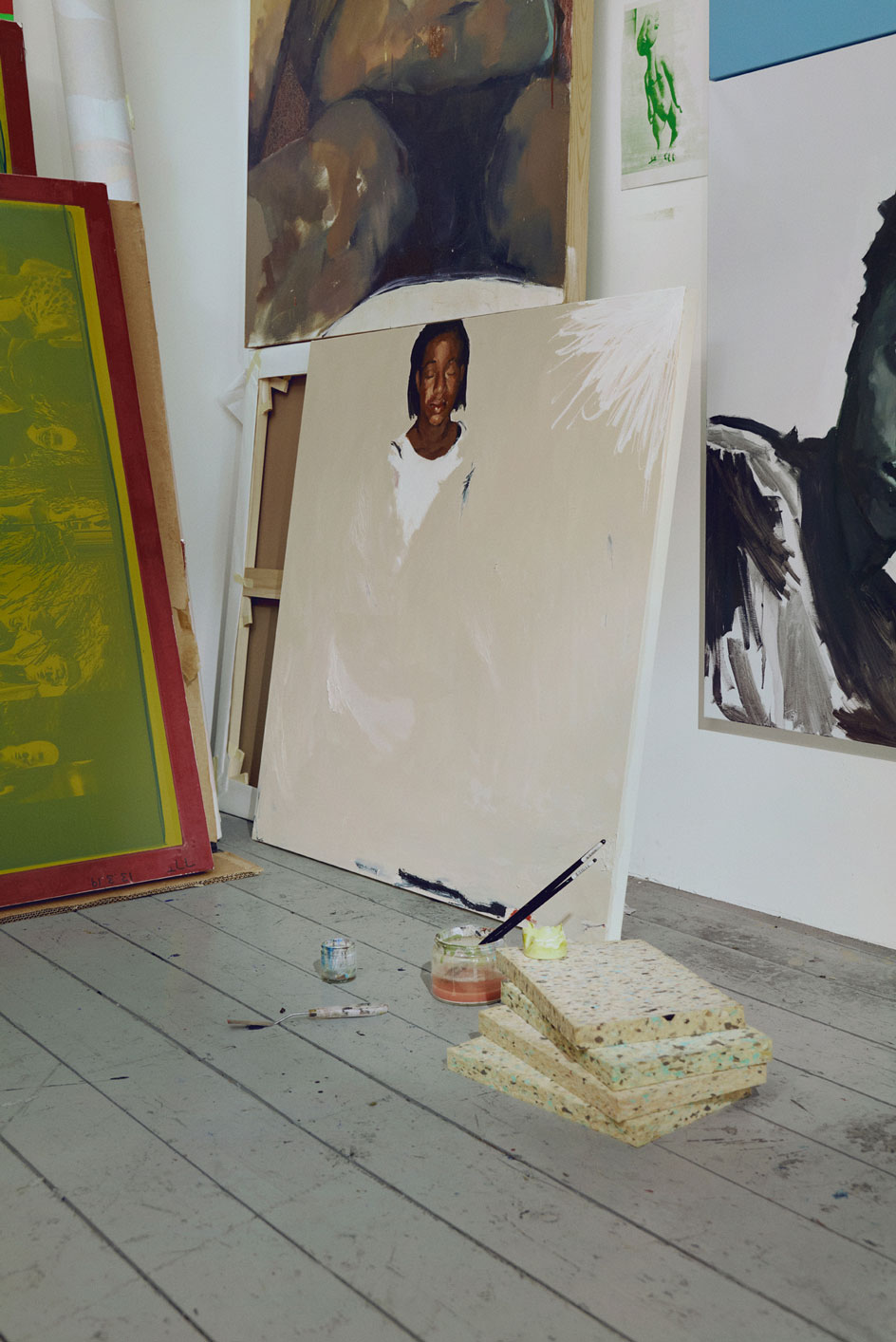
Above and below: sketches, works in progress and completed works in Hwami’s London studio
‘It gave me an opportunity to slow down and think about who I’m making this work for and why, to give myself a chance to create in my own time without the need to share.’ Hwami is a self-proclaimed loner and comes across as a deep thinker. Her process as an artist is meticulously planned and considered, starting with collaging images and creating the structure of a painting around them. It’s a creative approach she picked up observing and collating images on Tumblr, both creatively and in an effort to get to grips with her identity. ‘I spent a lot of time on the internet as a pre-teen and, in that socially awkward stage of my life, I found it more comfortable to escape and exist in cyberspace,’ she explains. ‘I started exploring sexuality and gender identity. I was obsessed with the idea of physically living in a different body. All my frustration and confusion was expressed through studying the queer body.’
RELATED STORY
It’s a strange thing that when a Black painting exits the studio, it’s immediately politicised and the self-enquiry that took place when it was being created is muted
As a person of colour with a public role, it’s difficult not to have a de facto position on identity, but it doesn’t mean that position isn’t subject to change. ‘It’s a loaded topic and there is nothing wrong with investigating identity. It’s the expectation to expose oneself that strips you from your individuality, and that is what I’m mostly concerned about. It’s a strange thing that when a Black painting exits the studio, it’s immediately politicised and the self-enquiry that took place when it was being created is muted,’ Hwami says. She has created works inspired by pieces of writing, life online and old photographs. She listens to recordings of spiritual guru Alan Watts and is interested in ideas of Black individualism. She’s looking for something and is comfortable in the knowledge that she is yet to find it.
Hwami’s paintings are figurative, colourful and laced with unexpected visual references. Carefully crafted before she even lifts a brush, her paintings fuse aesthetics from all the places she has lived, from Zimbabwe to London, with an occasional nod to the graphic cartoon aesthetic she grew up loving. You can see the influence of these animations in the movement in these paintings. Even as the figures are static, the compositions they sit within are not.
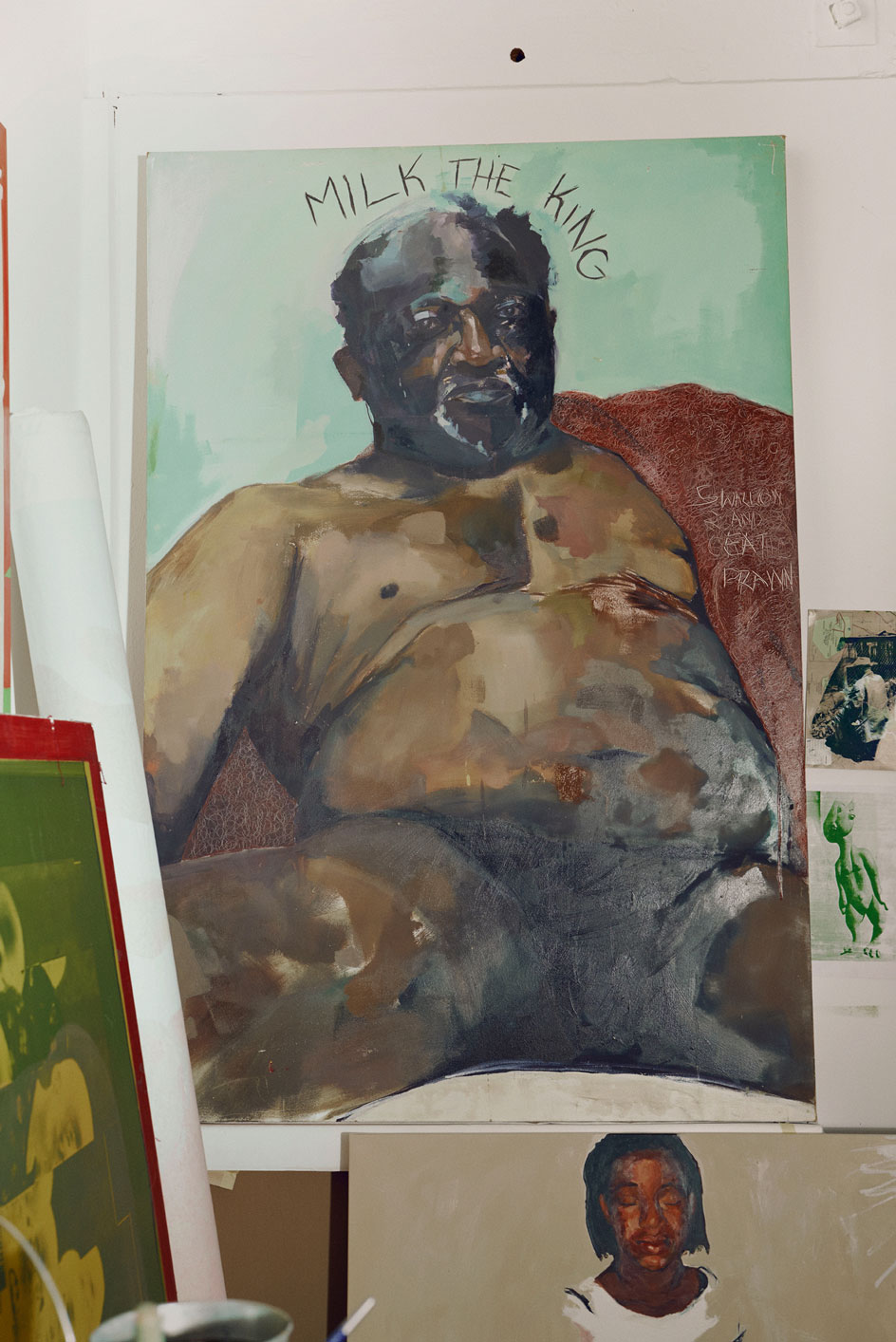
Milk the King, 2014, painted when the artist was 21
Despite her shows being postponed in 2020, Hwami still landed a spot in the first Africa-focused ‘40 Under 40’ list produced by global art magazine Apollo. It took her by surprise. ‘That was something phenomenal. I’m super excited. I wasn’t expecting it because you just don’t know who’s watching. It seems like people are watching, though,’ she says.
June will be a big month for Hwami, as she will graduate from the Ruskin with a final show that coincides with a group show at the Centre Pompidou. This seems in keeping with an artist that, in her short career, has already reached dizzying heights while managing to keep her feet firmly on the ground.
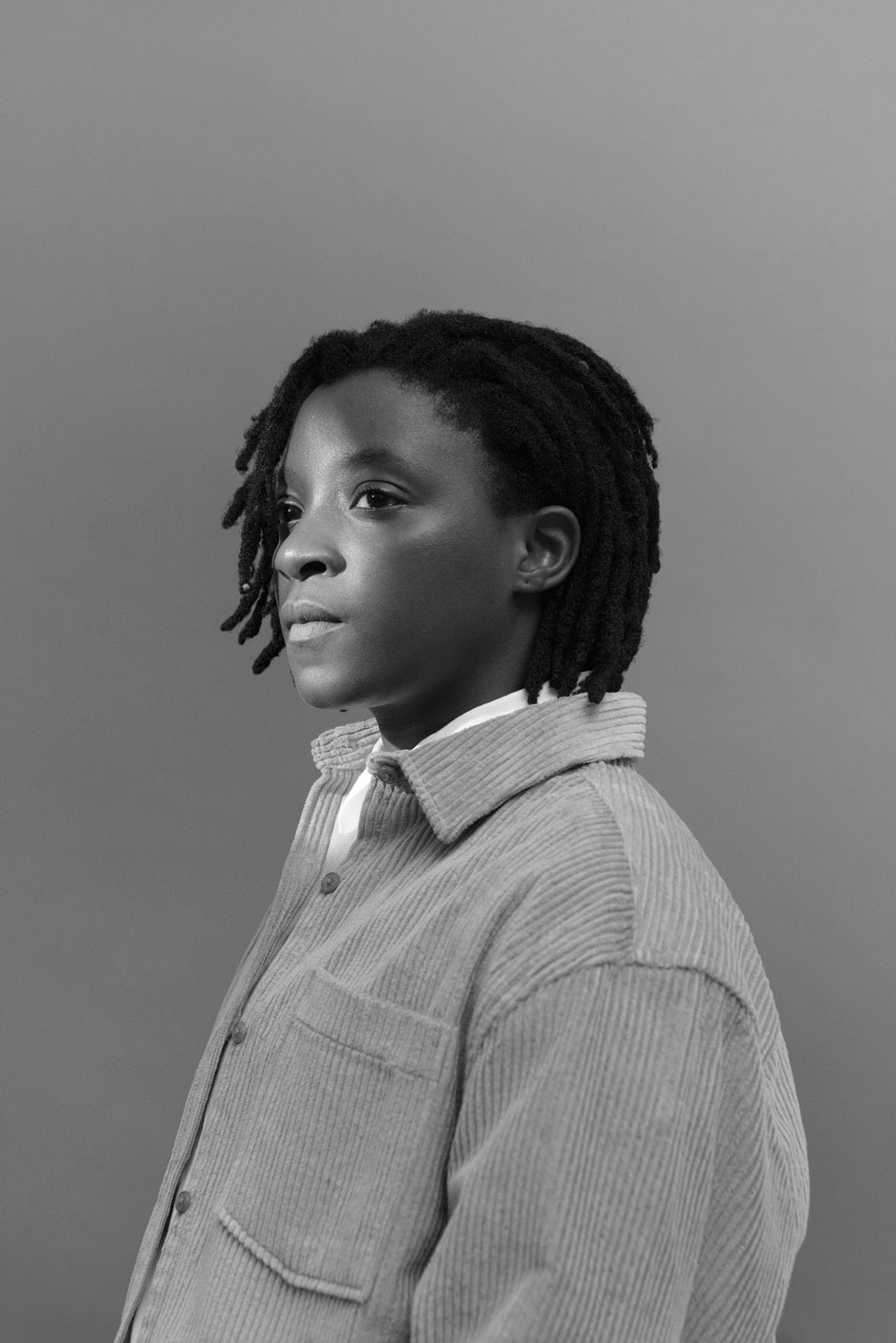
Portrait of Kudzanai-Violet Hwami in her London studio
INFORMATION
kudzanaiviolethwami.com; @mwana.wevhu
Kudzanai-Violet Hwami’s first exhibition with Victoria Miro will be held in summer 2021. victoria-miro.com
Receive our daily digest of inspiration, escapism and design stories from around the world direct to your inbox.
Amah-Rose Abrams is a British writer, editor and broadcaster covering arts and culture based in London. In her decade plus career she has covered and broken arts stories all over the world and has interviewed artists including Marina Abramovic, Nan Goldin, Ai Weiwei, Lubaina Himid and Herzog & de Meuron. She has also worked in content strategy and production.
-
 A tale of two Audis: the A5 saloon goes up against the A6 Avant e-tron
A tale of two Audis: the A5 saloon goes up against the A6 Avant e-tronIs the sun setting on Audi’s ICE era, or does the company’s e-tron technology still need to improve?
-
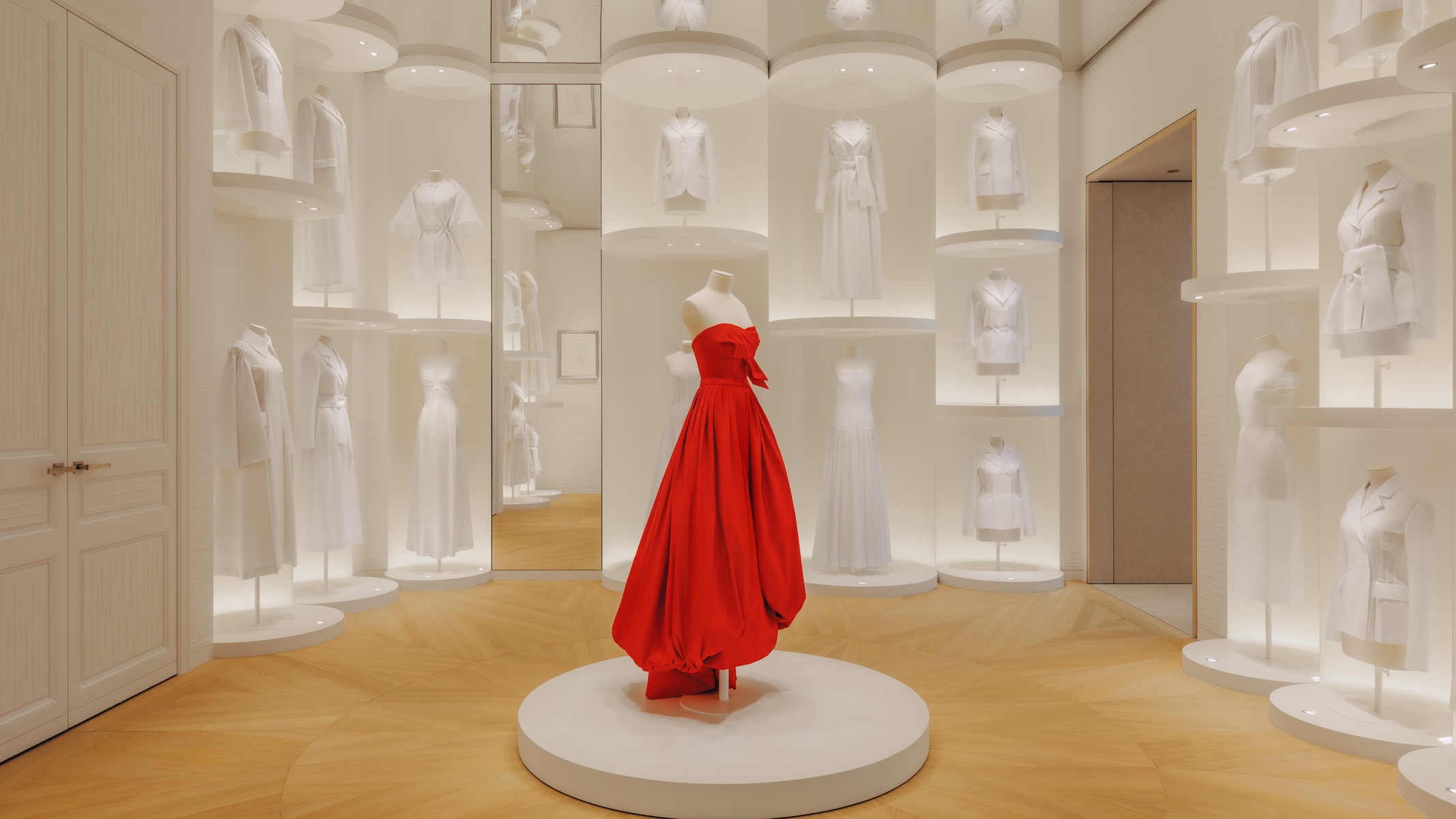 Inside Christian de Portzamparc’s showstopping House of Dior Beijing: ‘sculptural, structural, alive’
Inside Christian de Portzamparc’s showstopping House of Dior Beijing: ‘sculptural, structural, alive’Daven Wu travels to Beijing to discover Dior’s dramatic new store, a vast temple to fashion that translates haute couture into architectural form
-
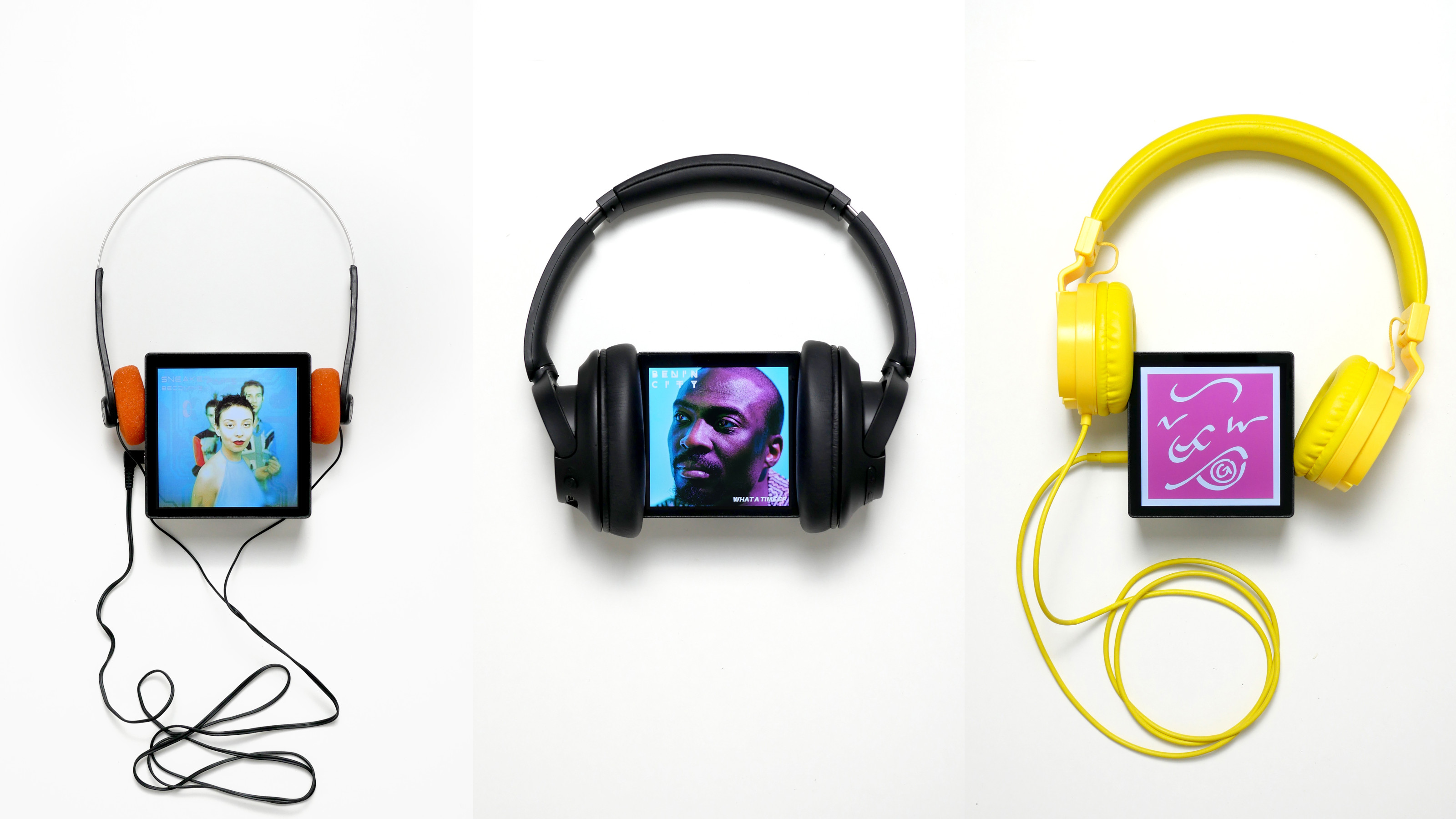 A music player for the mindful, Sleevenote shuns streaming in favour of focused listening
A music player for the mindful, Sleevenote shuns streaming in favour of focused listeningDevised by musician Tom Vek, Sleevenote is a new music player that places artist intent and the lost art of record collecting at the forefront of the experience
-
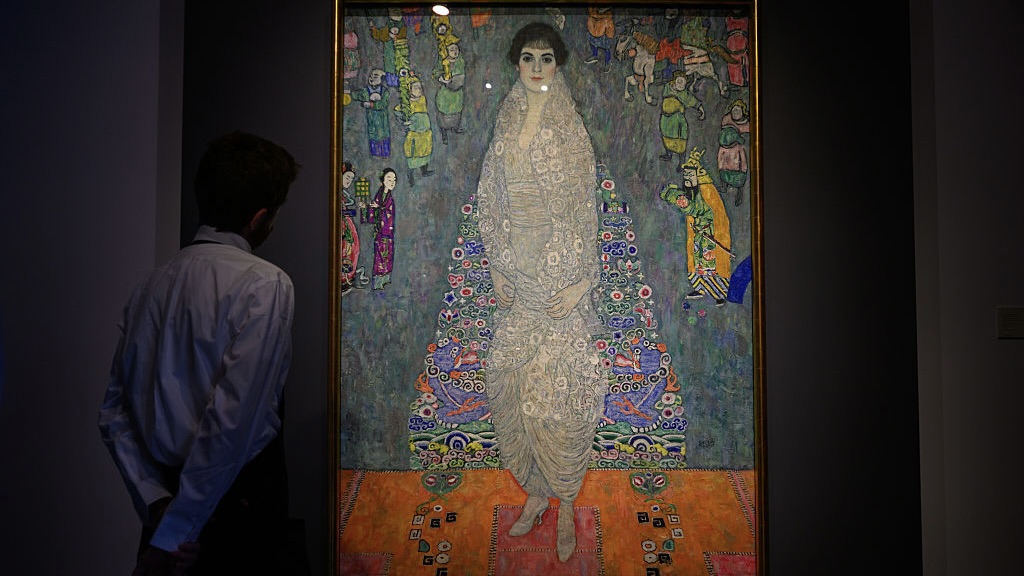 This Gustav Klimt painting just became the second most expensive artwork ever sold – it has an incredible backstory
This Gustav Klimt painting just became the second most expensive artwork ever sold – it has an incredible backstorySold by Sotheby’s for a staggering $236.4 million, ‘Portrait of Elisabeth Lederer’ survived Nazi looting and became the key to its subject’s survival
-
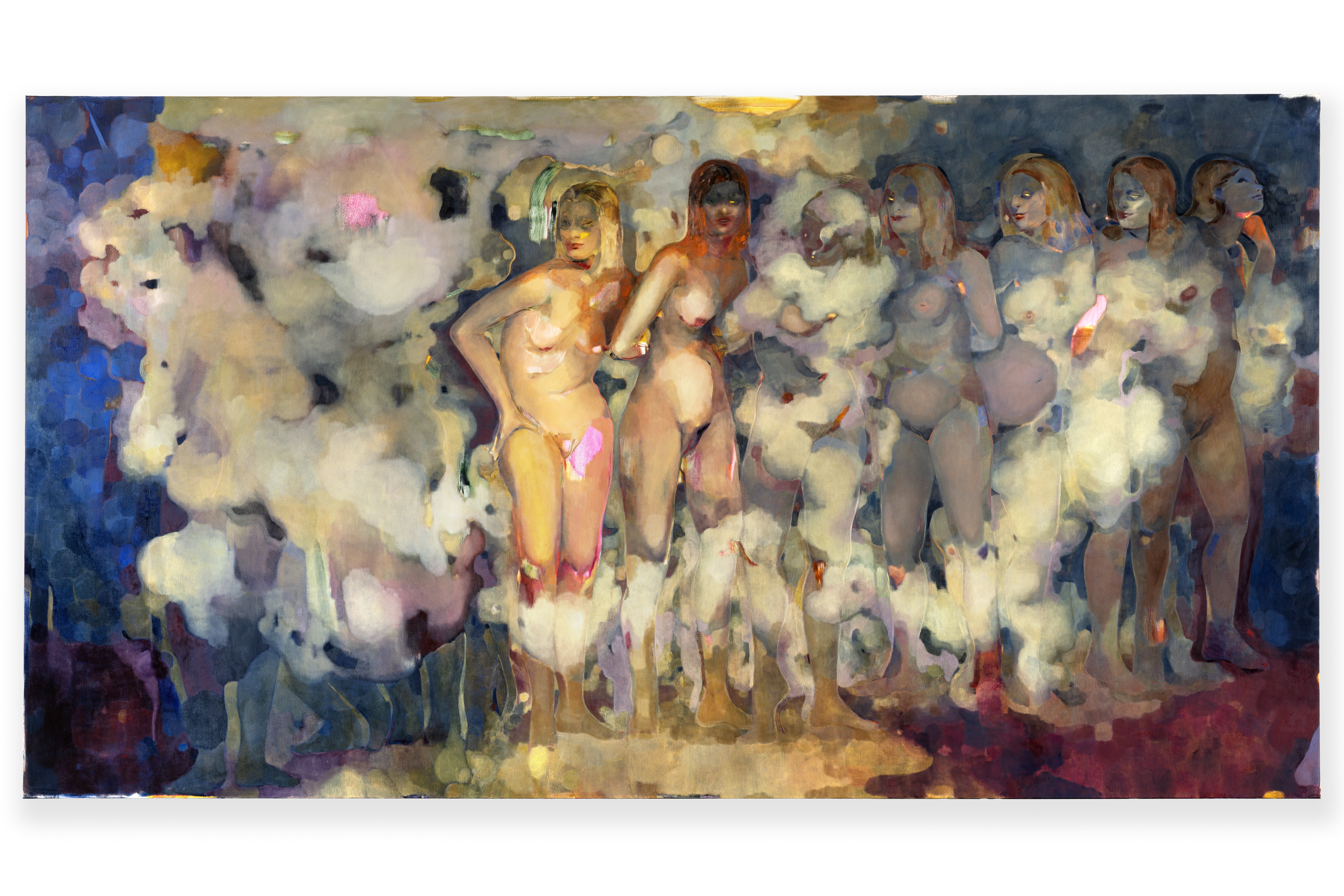 Meet Eva Helene Pade, the emerging artist redefining figurative painting
Meet Eva Helene Pade, the emerging artist redefining figurative paintingPade’s dreamlike figures in a crowd are currently on show at Thaddaeus Ropac London; she tells us about her need ‘to capture movements especially’
-
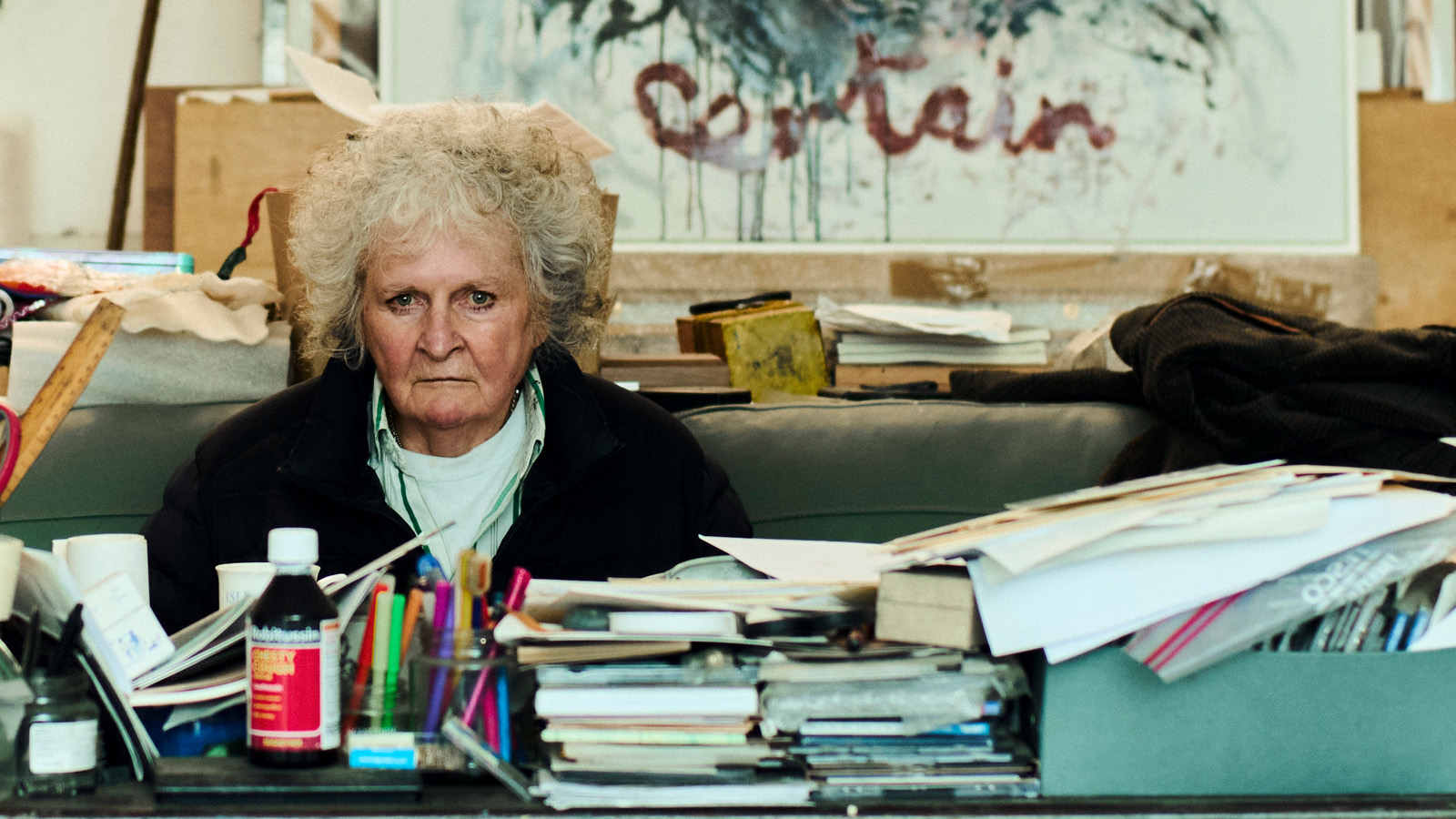 Maggi Hambling at 80: what next?
Maggi Hambling at 80: what next?To mark a significant year, artist Maggi Hambling is unveiling both a joint London exhibition with friend Sarah Lucas and a new Rizzoli monograph. We visit her in the studio
-
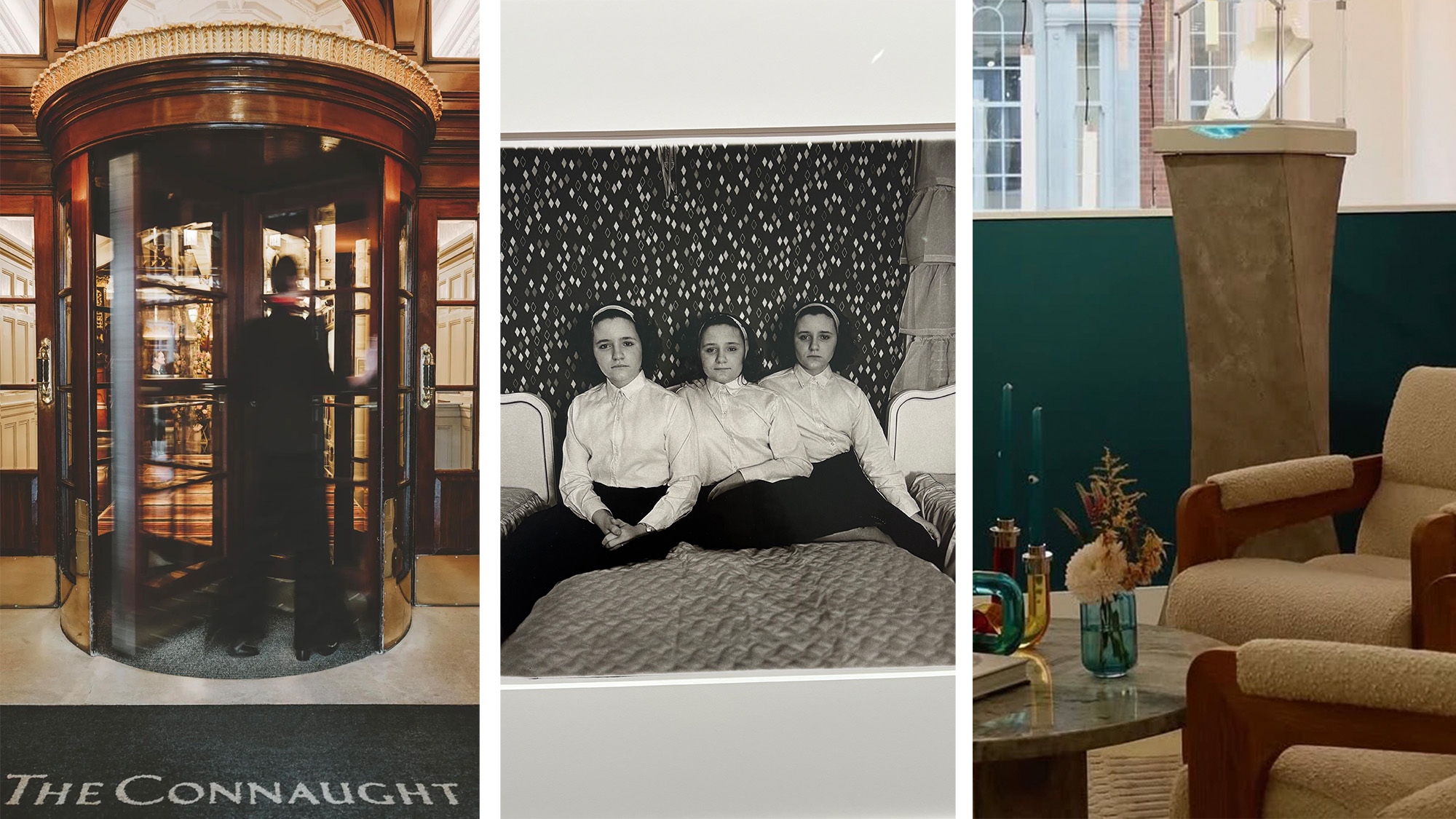 Out of office: The Wallpaper* editors’ picks of the week
Out of office: The Wallpaper* editors’ picks of the weekThis week, the Wallpaper* editors curated a diverse mix of experiences, from meeting diamond entrepreneurs and exploring perfume exhibitions to indulging in the the spectacle of a Middle Eastern Christmas
-
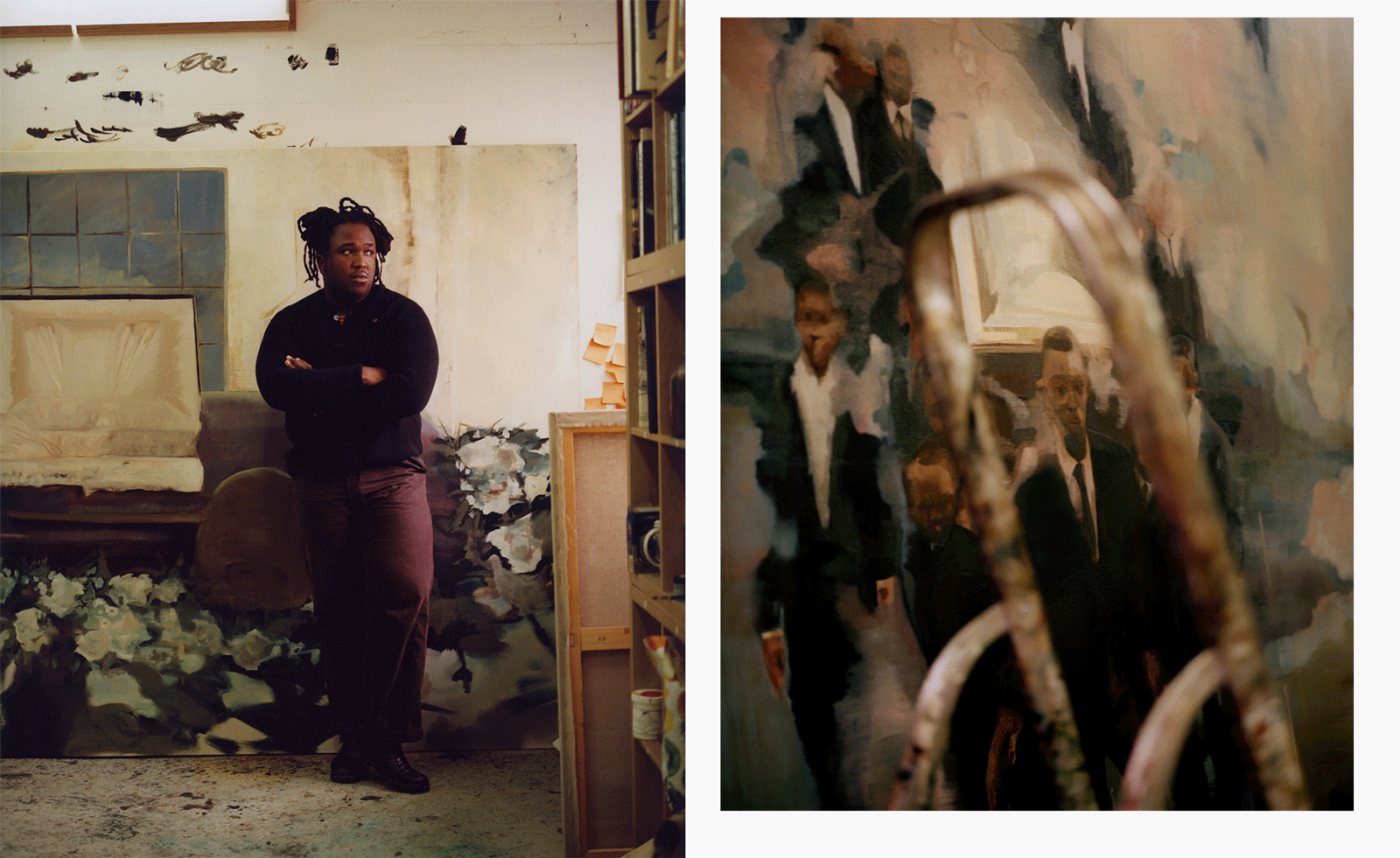 Artist Shaqúelle Whyte is a master of storytelling at Pippy Houldsworth Gallery
Artist Shaqúelle Whyte is a master of storytelling at Pippy Houldsworth GalleryIn his London exhibition ‘Winter Remembers April’, rising artist Whyte offers a glimpse into his interior world
-
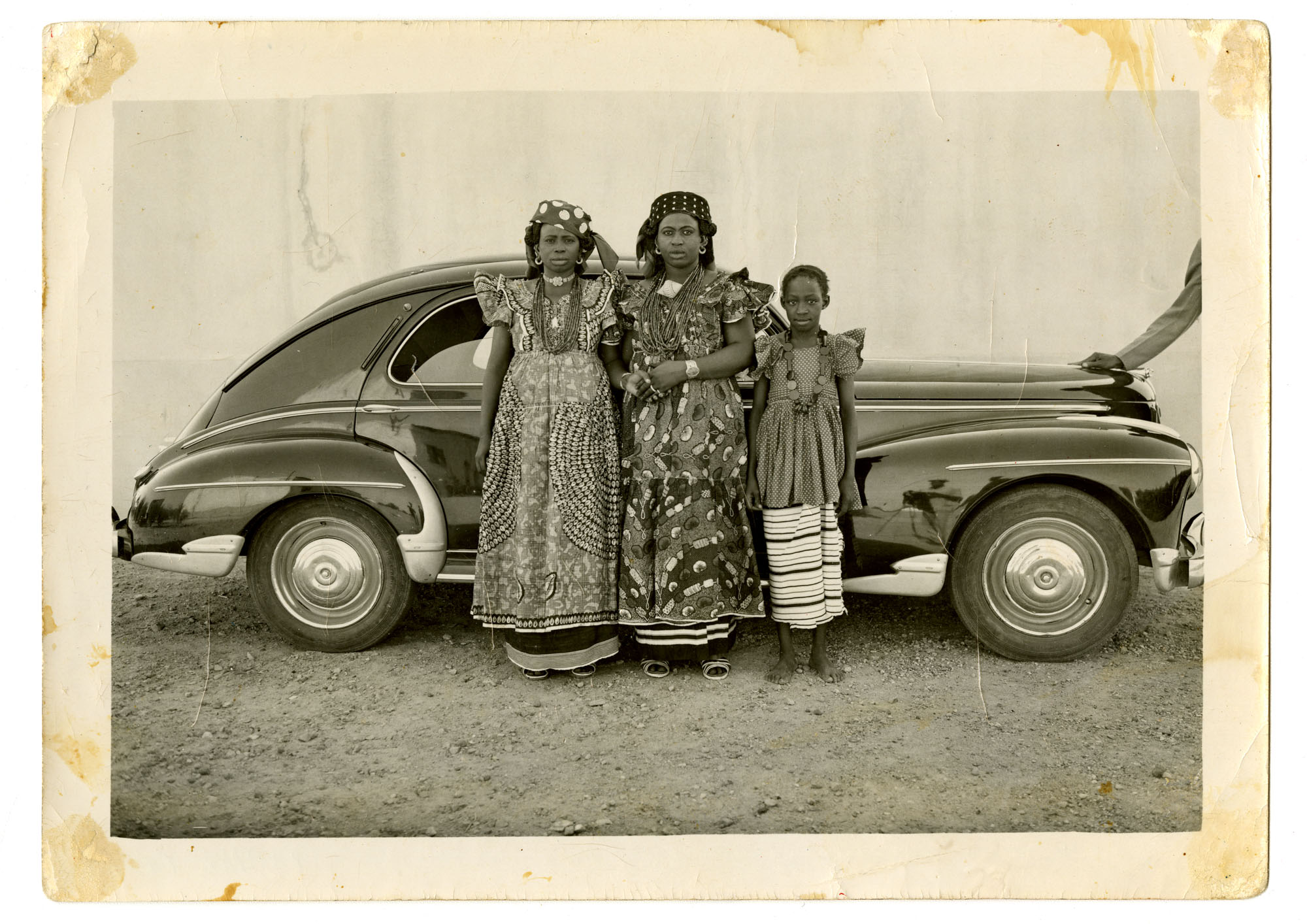 Inside the work of photographer Seydou Keïta, who captured portraits across West Africa
Inside the work of photographer Seydou Keïta, who captured portraits across West Africa‘Seydou Keïta: A Tactile Lens’, an exhibition at the Brooklyn Museum, New York, celebrates the 20th-century photographer
-
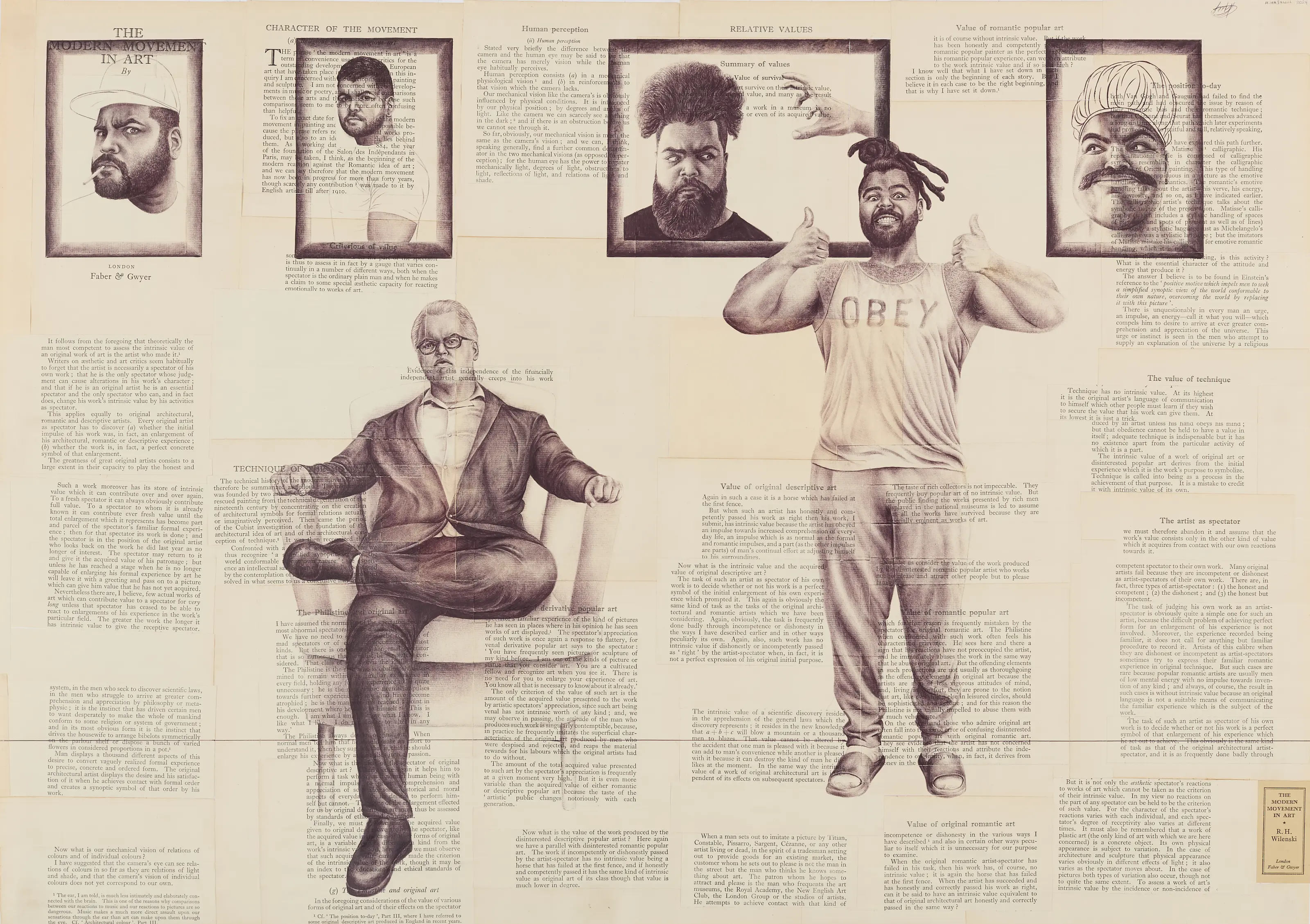 ‘It is about ensuring Africa is no longer on the periphery’: 1-54 Contemporary African Art Fair in London
‘It is about ensuring Africa is no longer on the periphery’: 1-54 Contemporary African Art Fair in LondonThe 13th edition of 1-54 London will be held at London’s Somerset House from 16-19 October; we meet founder Touria El Glaoui to chart the fair's rising influence
-
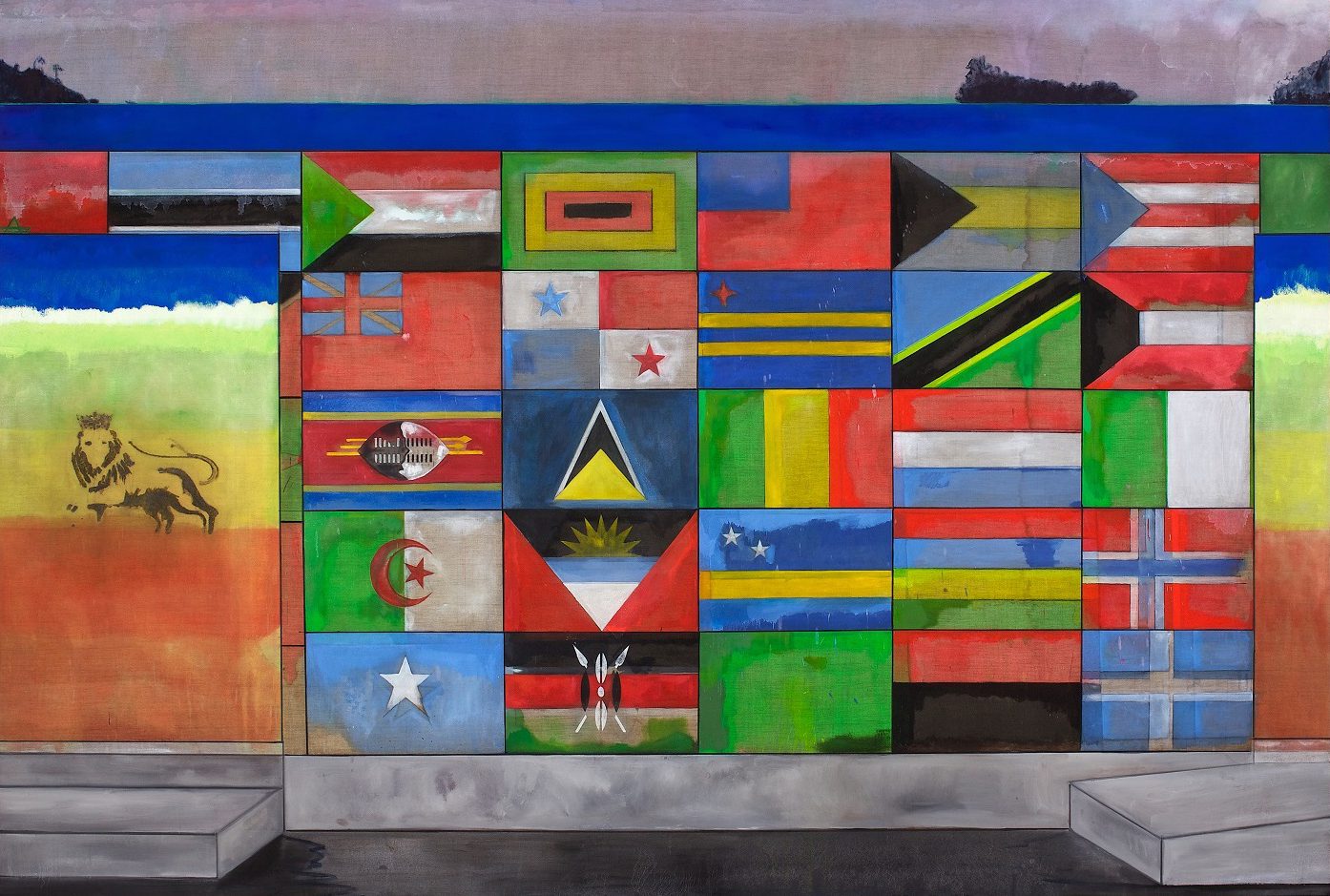 ‘Sit, linger, take a nap’: Peter Doig welcomes visitors to his Serpentine exhibition
‘Sit, linger, take a nap’: Peter Doig welcomes visitors to his Serpentine exhibitionThe artist’s ‘House of Music’ exhibition, at Serpentine Galleries, rethinks the traditional gallery space, bringing in furniture and a vintage sound system
